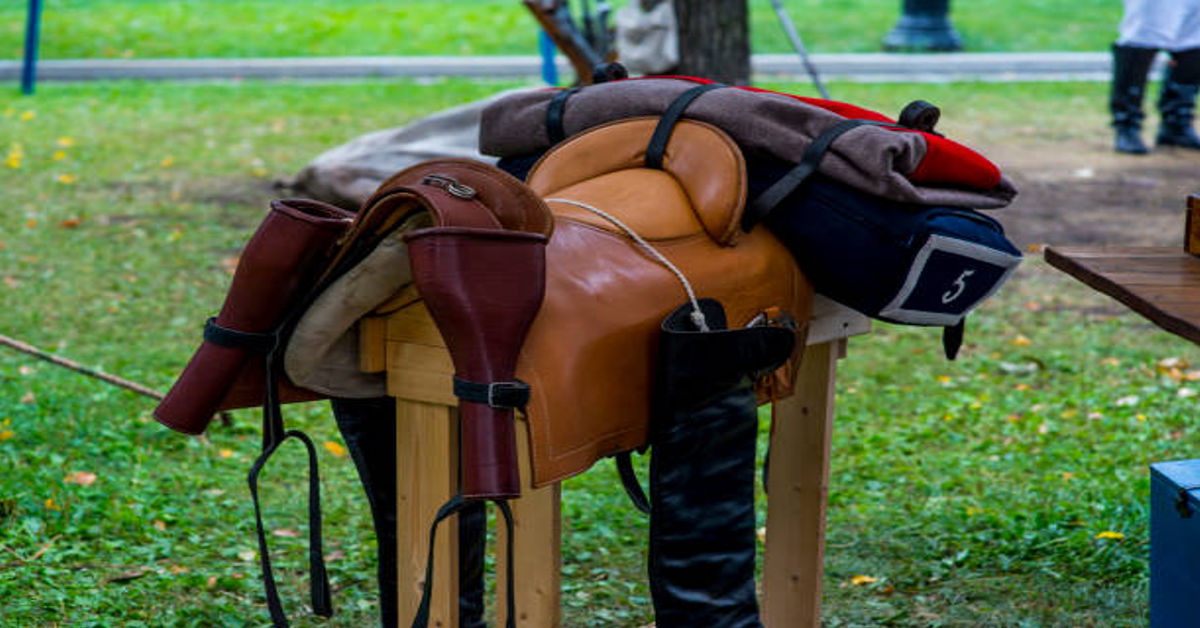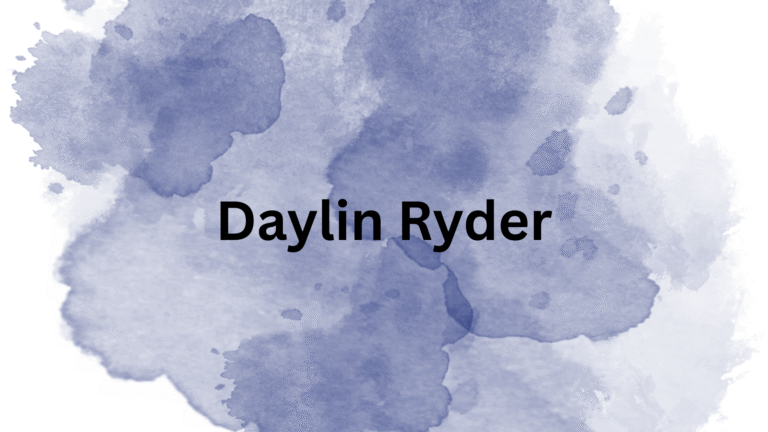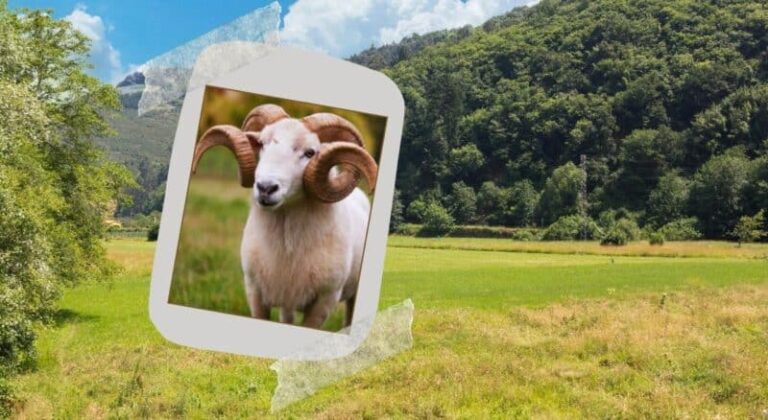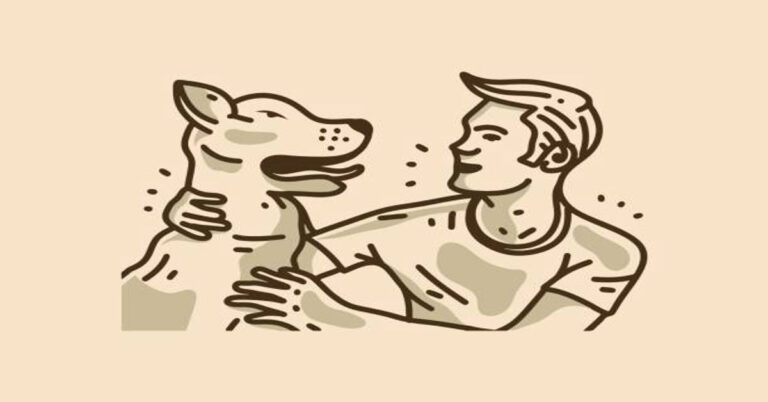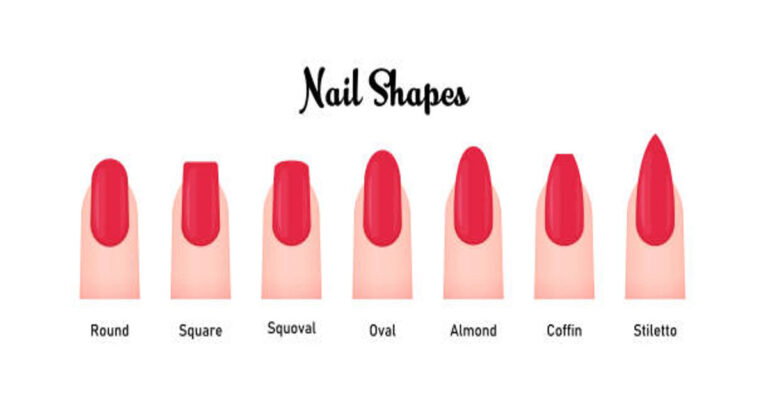Saddle: History, Structure, and Importance in Horse Riding
The saddle is one of the most crucial and recognizable components of horse riding, serving as the bridge between rider and horse. Beyond being a simple piece of equipment, a saddle represents centuries of human innovation, evolving through countless civilizations and cultural practices. From warfare to sport and leisure, saddles have shaped how humans interact with horses, influencing balance, communication, and overall performance.
The word “saddle” originates from the Old English sadol and Germanic roots meaning “seat.” While the concept of sitting on an animal’s back is ancient, the structured saddle as we know it today developed gradually as riders sought comfort, control, and efficiency. Understanding saddles requires not only a look at their construction but also an appreciation for their artistry and ergonomic design that benefits both horse and rider.
1. Historical Development of the Saddle
The history of the saddle reflects human ingenuity in mastering equestrian life. Early riders likely used blankets, cloths, or pads to protect the horse’s back before structured saddles were invented.
Early Origins
Archaeological evidence shows that as early as 700 BC, ancient Assyrians and Scythians used primitive saddle-like pads during battle. These early designs were made from animal hides, woven fabrics, or leather, providing some comfort and stability but lacking stirrups or solid structure.
By the 4th century BC, as mounted warfare became essential, the Persians and Greeks introduced more refined saddle pads. The Scythians are credited with adding decorative and functional elements like felt cushioning and leather flaps.
The Introduction of the Tree
The most significant advancement came with the invention of the saddle tree—a rigid frame placed between the horse and rider to distribute weight evenly and prevent pressure points. This concept appeared around 200 BC in Central Asia, particularly among nomadic horse cultures.
The Chinese, during the Han Dynasty (200 BC–200 AD), improved this by adding high pommels and cantles, providing greater rider stability. They also introduced stirrups, revolutionizing cavalry tactics and personal safety.
Medieval and Renaissance Periods
By the Middle Ages, saddles evolved into highly ornate and functional designs suited for armored knights. Medieval saddles had tall, heavy trees made of wood and metal, designed to keep a knight secure during combat.
In the Renaissance, saddles became lighter and more refined for civilian and sport use. By the 18th and 19th centuries, with the rise of horse racing, hunting, and travel, new saddle styles emerged, each suited to specific riding disciplines.
2. Anatomy and Parts of a Saddle
A saddle is a combination of several interdependent parts designed for comfort, control, and protection. Each part plays a crucial role in ensuring proper rider position and even weight distribution across the horse’s back.
| Saddle Part | Description and Function |
|---|---|
| Tree | The framework, usually wood or synthetic, forming the saddle’s base. It maintains structure and distributes weight. |
| Seat | The area where the rider sits, shaped for balance and comfort. |
| Pommel | The raised front of the saddle that offers support and stability. |
| Cantle | The raised back portion providing security and back support. |
| Panels | Cushioning sections underneath that protect the horse’s back. |
| Gullet | The central channel under the saddle allowing clearance for the horse’s spine. |
| Stirrup Bars | Metal hooks attaching stirrup leathers to the saddle tree. |
| Stirrup Leathers | Adjustable straps holding the stirrups. |
| Stirrups | Footrests aiding balance and mounting. |
| Flaps | Leather panels protecting the rider’s legs from sweat and friction. |
| Girth Straps | Straps securing the saddle to the horse’s girth. |
| Knee Rolls | Padded areas offering leg support and improved grip. |
Each part must be carefully crafted and adjusted to ensure the saddle fits both horse and rider correctly.
3. Materials Used in Saddle Construction
The materials used to build a saddle affect its durability, flexibility, comfort, and cost. Traditional saddles were made almost entirely of leather, but modern innovations now include synthetic materials, composites, and even carbon fiber for lightweight performance.
| Material | Properties | Advantages | Common Uses |
|---|---|---|---|
| Leather | Natural, breathable, and durable. | Long-lasting and molds to rider’s shape. | High-quality English and Western saddles. |
| Synthetic Leather | Lightweight and weather-resistant. | Easy maintenance and affordable. | Beginner or trail saddles. |
| Wood (Tree) | Traditional, sturdy base material. | Strong foundation, customizable. | Custom saddles. |
| Fiberglass or Plastic (Tree) | Modern synthetic frame. | Lightweight and consistent quality. | Mass-produced saddles. |
| Foam or Wool (Padding) | Used in panels for cushioning. | Enhances comfort for horse’s back. | All saddles, varies by brand. |
A well-made saddle uses materials that strike a balance between strength, comfort, and aesthetic appeal.
4. Types of Saddles
Saddles vary depending on their function, riding style, and discipline. Different types emphasize either rider control, horse freedom, or comfort over long distances.
A. English Saddles
Used mainly in show jumping, dressage, racing, and eventing, English saddles are lighter and built for close contact.
| Type of English Saddle | Purpose | Distinct Features |
|---|---|---|
| Dressage Saddle | Precision riding with upright posture. | Deep seat, long flaps, and high pommel. |
| Jumping Saddle | For jumping events and fox hunting. | Forward-cut flaps, shallow seat for flexibility. |
| All-Purpose Saddle | Versatile for various disciplines. | Moderate seat and flaps for balance. |
| Racing Saddle | For jockeys during races. | Extremely lightweight, minimal padding. |
| Polo Saddle | Designed for polo matches. | Flat seat, durable structure for agility. |
B. Western Saddles
Western saddles are heavier, developed for ranch work and long rides. They provide comfort and stability over extended periods.
| Type of Western Saddle | Purpose | Key Features |
|---|---|---|
| Roping Saddle | For cattle roping. | Strong horn, reinforced tree. |
| Trail Saddle | For leisure or endurance riding. | Lightweight, extra padding. |
| Barrel Racing Saddle | For speed and agility. | Deep seat, high cantle. |
| Cutting Saddle | Used in cattle cutting competitions. | Low horn, close contact. |
| Show Saddle | Decorative for performance shows. | Ornate silver and leather tooling. |
C. Specialized Saddles
| Type | Purpose | Features |
|---|---|---|
| Endurance Saddle | Long-distance comfort. | Lightweight with breathable padding. |
| Australian Saddle | Combines English and Western styles. | Deep seat and extra thigh support. |
| Treeless Saddle | Flexible frame for close contact. | Conforms to horse’s shape, very light. |
| Side-Saddle | Historical women’s riding style. | One stirrup and a side seat design. |
Each saddle type enhances performance for its intended discipline. Choosing the correct one ensures the best experience for both horse and rider.
5. The Importance of Saddle Fit
A well-fitting saddle is essential for the health, comfort, and performance of both horse and rider. A poor fit can lead to pain, pressure sores, behavioral issues, and even long-term spinal damage for the horse.
Key Aspects of Proper Saddle Fit
| Component | Ideal Fit Description |
|---|---|
| Withers Clearance | At least 2–3 fingers of space between the pommel and horse’s withers. |
| Gullet Width | Should allow free movement of the spine. |
| Panel Contact | Even contact along the horse’s back. |
| Seat Balance | Rider sits centered; not tilting forward or backward. |
| Saddle Length | Should not extend beyond the horse’s last rib. |
Signs of Poor Saddle Fit
- Uneven sweat marks under the saddle.
- White hairs or bald spots on the back.
- Restlessness, tail swishing, or pinned ears during saddling.
- Rider feeling unstable or tilted.
Consequences of a Bad Fit
A poorly fitted saddle can cause muscular strain, restricted movement, and behavioral resistance. For riders, it leads to poor posture, discomfort, and ineffective communication with the horse.
Proper fitting often involves professional saddle fitting services, where experts measure both horse and rider for alignment and comfort.
6. Saddling Procedure: Step-by-Step
Correctly saddling a horse ensures safety and comfort. The process requires calmness, care, and precision.
Steps to Saddle a Horse
- Preparation: Groom the horse thoroughly to remove dirt and debris.
- Positioning the Pad: Place the saddle pad evenly on the horse’s back.
- Placing the Saddle: Lift and gently lower the saddle onto the pad without scraping.
- Adjusting the Girth: Attach the girth snugly but not tightly.
- Stirrup and Strap Check: Ensure stirrups are even and girth secure.
- Final Fit Inspection: Check that the saddle sits balanced and aligned.
Proper saddling promotes trust between horse and rider and prevents irritation or injury.
7. Saddle Maintenance and Care
Like any valuable piece of equipment, a saddle requires consistent care to maintain its functionality and appearance.
| Maintenance Activity | Frequency | Purpose |
|---|---|---|
| Cleaning | After each ride | Removes sweat and dirt. |
| Conditioning | Monthly | Keeps leather supple and prevents cracking. |
| Inspection | Regularly | Detects loose stitching or worn parts. |
| Storage | Always dry environment | Prevents mold and leather decay. |
Cleaning Procedure
- Wipe with a damp cloth to remove dust and sweat.
- Apply saddle soap using a sponge.
- Rinse and dry naturally.
- Use leather conditioner for flexibility and shine.
Synthetic saddles need less maintenance but still benefit from regular cleaning with mild soap and water.
8. Innovations and Modern Saddle Technology
Modern saddles incorporate ergonomic design, scientific measurement, and technology. Advancements include:
- Adjustable Trees: Allowing fine-tuned fit for different horses.
- Gel and Memory Foam Panels: For shock absorption and pressure relief.
- Carbon Fiber Frames: Lightweight yet durable for competition use.
- Pressure Mapping Systems: Used in saddle fitting to identify high-pressure zones.
- Treeless and Hybrid Designs: Promoting better communication and comfort.
These innovations combine tradition with modern biomechanics, creating a safer, more responsive riding experience.
9. The Artistry and Cultural Value of Saddles
Saddles are not just functional—they are artistic masterpieces. Leather tooling, embroidery, silver inlays, and handcrafted stitching transform saddles into works of art, especially in Western and traditional cultures.
In many societies, saddles also symbolize status, pride, and craftsmanship. In Middle Eastern and Asian cultures, ornamental saddles were often decorated with gold, gems, or embroidery, reflecting wealth and heritage.
Even today, handmade saddles remain cherished heirlooms passed down through generations, representing the rider’s bond with their horse and their tradition of horsemanship.
10. Differences Between Western and English Saddles
| Feature | Western Saddle | English Saddle |
|---|---|---|
| Weight | Heavier for long rides. | Lighter for agility. |
| Seat Design | Deep seat with horn. | Flat seat, no horn. |
| Stirrups | Wider and fixed. | Narrow and adjustable. |
| Purpose | Working and trail riding. | Sport and performance. |
| Rider Posture | Relaxed, legs forward. | Upright, closer contact. |
Understanding these differences helps riders choose the appropriate saddle for their specific discipline and riding goals.
11. Saddle Fitting for the Rider
While saddle fit for the horse is essential, the rider’s comfort and alignment are equally important.
Key Factors for Rider Fit
- Seat Size: Should support the pelvis comfortably without tightness.
- Flap Length: Must match rider’s leg length and discipline.
- Knee Position: Knees should rest naturally on the rolls.
- Balance: The rider should feel centered and stable.
An improper rider fit leads to imbalance and fatigue, affecting communication and control during riding.
12. Safety Considerations
Safety begins with ensuring that the saddle, girth, and stirrups are all in good condition. Always:
- Check for loose stitching or damaged straps.
- Confirm even stirrup lengths.
- Avoid overtightening the girth, which may distress the horse.
- Dismount carefully to avoid twisting or jerking the saddle.
Regular inspection helps prevent accidents and promotes mutual confidence between horse and rider.
13. The Saddle’s Role in Communication
A well-fitted saddle enhances communication between rider and horse. Subtle weight shifts, leg pressure, and balance cues transmit through the saddle, guiding the horse’s movements. When the saddle is balanced, these cues are clear and consistent, strengthening the partnership.
Riders often describe this connection as an extension of themselves—the saddle becoming an invisible link between human intention and equine motion.
14. Future of Saddle Design
The future of saddle-making continues to merge craftsmanship with science. Pressure mapping, 3D printing, and biomechanical research are leading to custom-fit saddles tailored to each horse’s anatomy.
Sustainable materials, such as plant-based leather and recycled fabrics, are also emerging, reflecting environmental responsibility in modern equestrian industries.
The goal remains the same as it was centuries ago: achieving perfect harmony between rider, horse, and saddle.
Conclusion
The saddle stands as both a masterpiece of craftsmanship and a testament to human understanding of animal partnership. From its primitive beginnings to modern ergonomic marvels, it embodies evolution, functionality, and artistry. A well-designed saddle doesn’t just provide a seat—it ensures harmony, performance, and comfort, making the bond between rider and horse stronger and more fluid.
Every component, from the tree to the stirrup, tells a story of human innovation dedicated to respect, balance, and connection. Whether used for work, sport, or pleasure, the saddle remains an enduring symbol of the timeless relationship between humanity and the horse.
Frequently Asked Questions (FAQs)
1. What is the purpose of a saddle?
A saddle provides a secure and comfortable seat for the rider while evenly distributing weight on the horse’s back, ensuring safety and performance.
2. How can I tell if my saddle fits my horse correctly?
Check for even pressure along the panels, clearance over the withers, and a level seat. Signs of poor fit include sores or uneven sweat marks.
3. What’s the difference between an English and a Western saddle?
English saddles are lighter and used for sports like jumping or dressage, while Western saddles are heavier and built for ranch work or long rides.
4. How often should a saddle be cleaned and conditioned?
Clean after each ride and condition once a month to maintain the leather’s flexibility and prevent cracking or mold.
5. Can one saddle fit multiple horses?
Not always. Since every horse has a different back shape, a single saddle may not fit all horses properly. Adjustable or custom saddles are better suited for multi-horse use.

